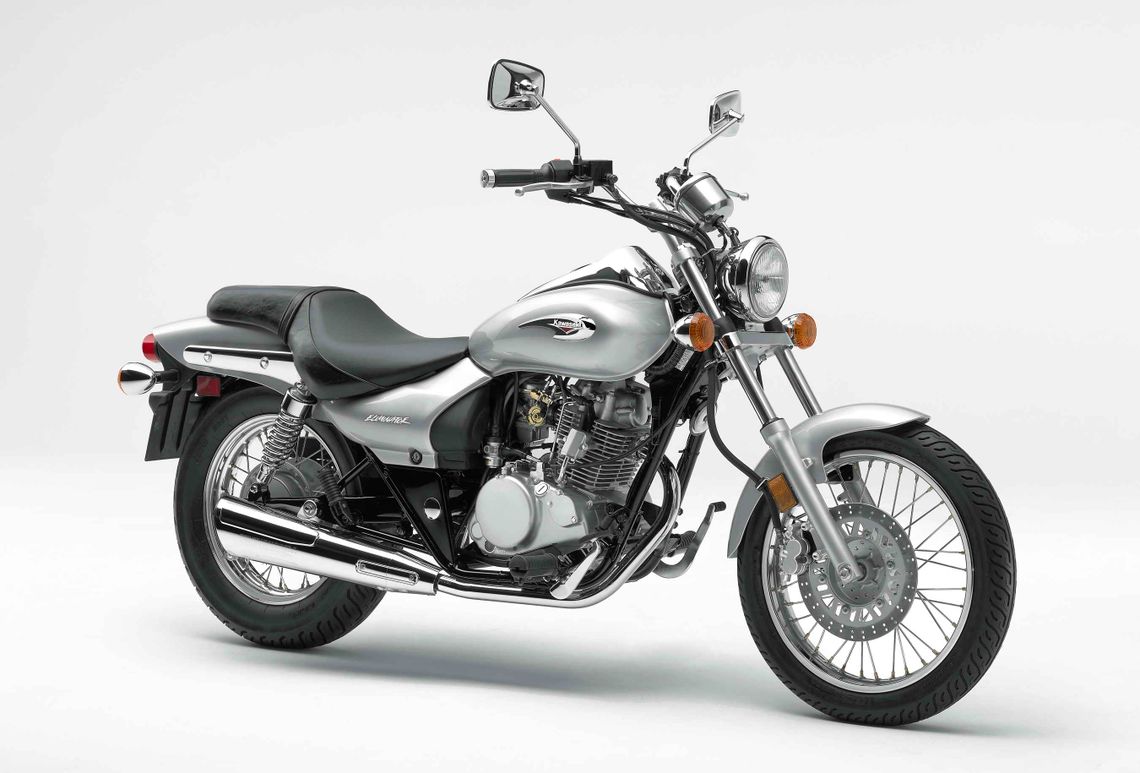I'm doing a build on a Kawasaki Eliminator (aka bn125), a small 125cc cruiser-style bike. I'm using this bike simply because I have it already.

I've been back and forth on hub vs mid-drive; I am pretty sure I'll do mid-drive using the qs138 v3 with gearbox. It seems like the easier way to go, with less fab needed and so on.
I'm stuck on the battery - to build or buy, what specs needed, etc? The goal is primarily to use this as a learning excercise, but at the end I'd like a bike that performs as close to the gas version as possible. It's not a fast or quick bike, with a 125cc ~16hp engine it tops out at about 50mph (downhill tailwind etc).
Advice?

I've been back and forth on hub vs mid-drive; I am pretty sure I'll do mid-drive using the qs138 v3 with gearbox. It seems like the easier way to go, with less fab needed and so on.
I'm stuck on the battery - to build or buy, what specs needed, etc? The goal is primarily to use this as a learning excercise, but at the end I'd like a bike that performs as close to the gas version as possible. It's not a fast or quick bike, with a 125cc ~16hp engine it tops out at about 50mph (downhill tailwind etc).
Advice?

